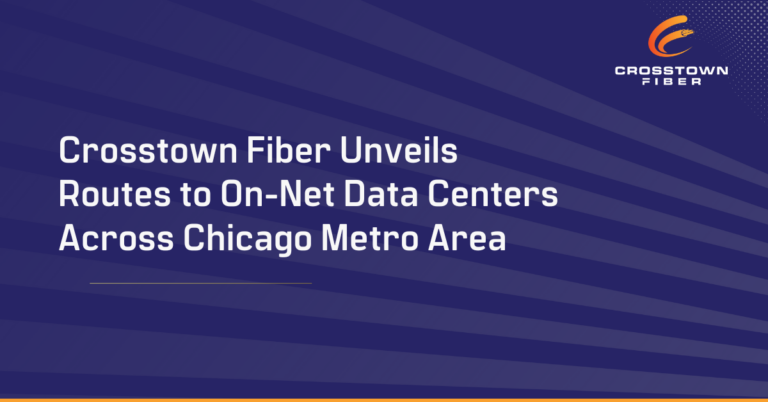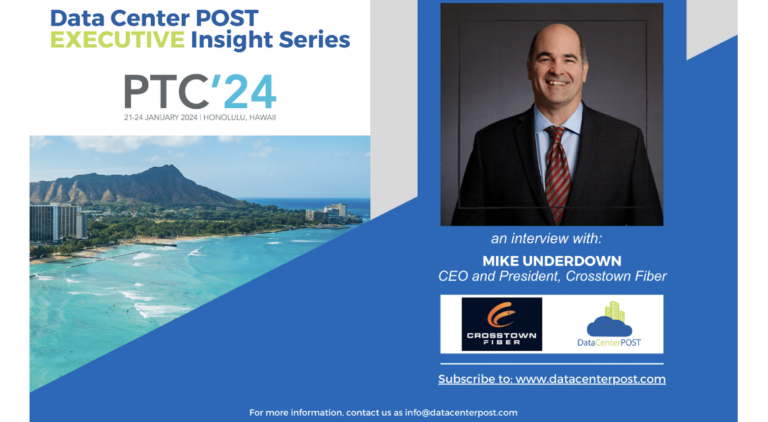
Originally posted on Broadband Breakfast
Chicago’s vibrant cityscape is not just defined by its towering skyscrapers and bridges connecting city streets across the 76.1 miles of canals; beneath its surface lies a complex web of electrical and communications infrastructure that keeps the city connected. As digital demands soar, the backbone of this communications infrastructure —fiber optic networks—plays an increasingly critical role in shaping the city’s future.
The deployment of modern fiber optic networks in Chicago underpins continuous advancements in digital infrastructure that benefit business, government and residential users. However, fiber optic deployments are typically met with numerous challenges, from navigating the intricacies of permitting processes to overcoming the limitations of antiquated infrastructure. In a city as dynamic and densely populated as Chicago, laying the groundwork for a future-ready, connected city requires not only technological prowess but also strategic planning and innovation.
Empowering growth through advanced fiber infrastructure
Modern fiber optic networks offer substantial benefits over aging infrastructure, especially in a diverse and expansive urban environment like Chicago that is known for its architectural heritage.
These modern networks, characterized by high bandwidth and low latency, are engineered to support the escalating demands on global digital infrastructure. Installing fiber optic networks across the city introduces a new level of security, reliability, and scalability that is crucial for the plethora of digital applications that residential and commercial users rely on.
One of the most significant advantages of these modern networks is their ability to provide redundant and diverse routes throughout the Chicago metro area. This enhances the reliability of broadband services, offering a resilient and flexible connectivity option that reduces the risks associated with single points of failure—a common issue in older systems. Enhanced reliability is essential for maintaining robust and continuous service in a city where downtime can have far-reaching consequences.
To continue reading the full article, please click here.



